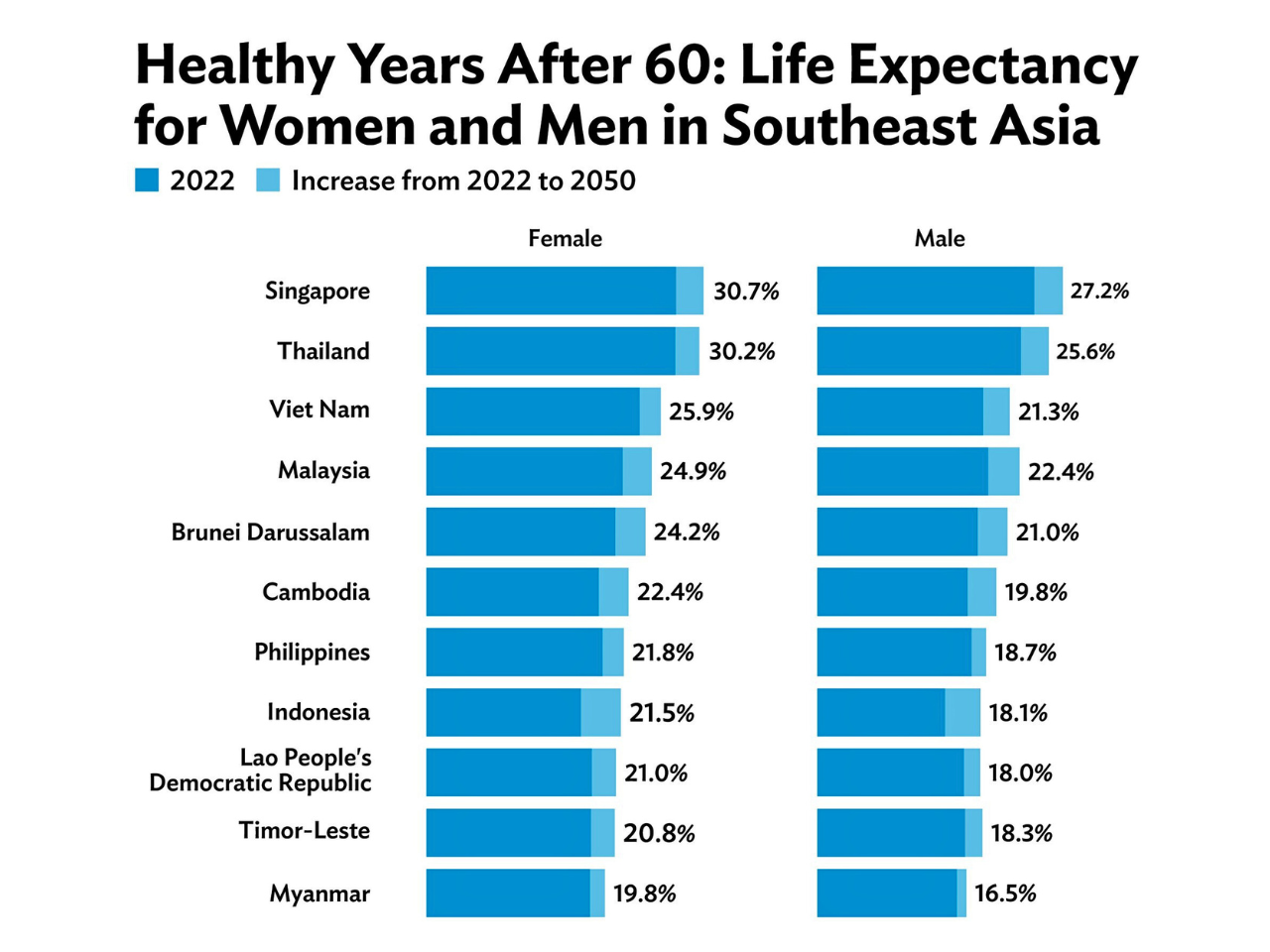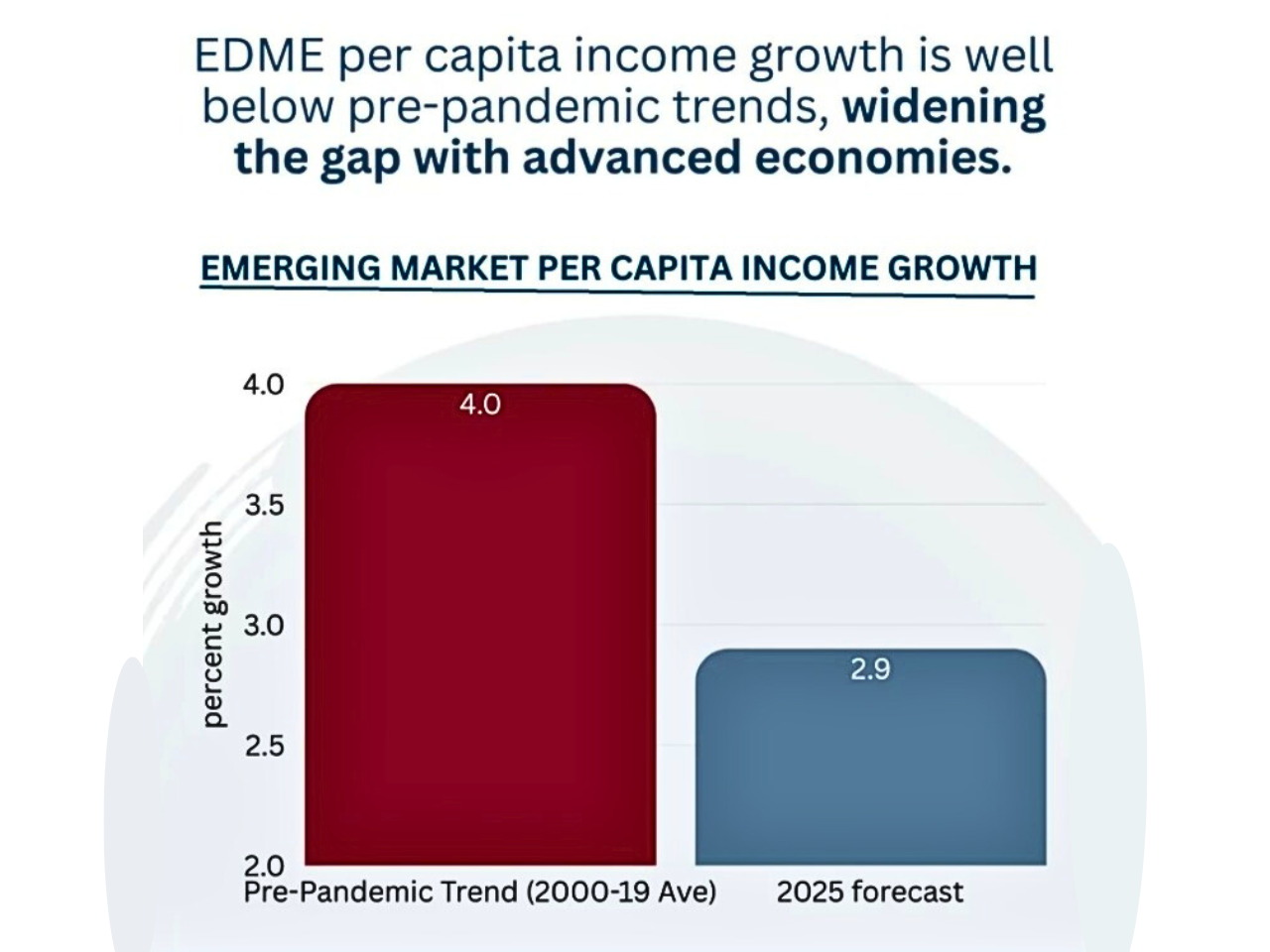Philippines' Aging Population Set to Double by 2050: Can the Country Keep Pace?
The Philippines is in demand for a demographic change that will reopen the priorities of its economy, society, and public policy. The number of old Filipinos is expected to double by the year 2050, which creates pressure on the nation’s health care systems, elderly care services, and pension schemes. The study conducted by the Asian Development Bank (ADB), the World Health Organization (WHO), and other institutions said that while the Philippines are still in the early stages of population aging, the window is rapidly closing for active reforms. The Philippines’ demographic prediction is the most important aspect on the adjacent scale of aging population. In 2020, 7.6% of Filipinos were aged 60 and above, which will increase to 16.3% in 2050. In the same period, the elderly population will increase from 7 million to 14 million, as estimated by the Longevity Academy Project from the fintech report. This doubling reflects improving life expectancy and declining fertility rate; both of them are reshaping the population structure.
Along with this increase, the dependence ratio of old age is determined to increase rapidly in the number of older people relative to the working age. Less than 10 elderly individuals for every 100 working-age Filipinos in the year 2020. By 2050, this figure will reach around 16 per 100, which will implement new financial and care responsibilities on the workforce. Reducing this trend is the rapid growth of the "oldest old" (aged 80 and above), which will require the most intensive forms of healthcare and support. The WHO projects that the Philippines and Vietnam will soon join the nations' ranks with at least 10 million people aged 60 and above. For a country with limited healthcare and pension infrastructure, it presents a great challenge. While aging shows progress in health and existence, it also highlights structural weaknesses. An ADB working paper on old Filipinos suggests that poverty among seniors is a serious concern. In 2018, the rate of excessive poverty is 1.2%, which is decreased from 3.6% in 2015, which equals nearly 65,000 persons.
However, these numbers are understood. Standard poverty remedies often ignore unique challenges of elderly individuals, especially those living in multi-layered houses where resources are unevenly shared. The risk of poverty also increases with age. 4.4% live in excessive poverty for people aged between 60 and 64, but it will rise by 8.1% for people aged 75 and above. Women, especially widows, live alone and are inconsistently affected. Many senior people rely very much on dispatch, pension, or transfer of government, leaving them unprotected for shocks such as job losses between small family members or inflation that eradicates certain income. The living system makes the picture more complicated. Broadly, 60% of the old Filipinos live in multi-level homes, often with children or grandchildren. This structure can provide valuable assistance but can complete personal financial insecurity. People who live alone, especially elderly women, have more expenses while social support is weak. Meanwhile, the ownership of property in older homes is generally limited, which reduces their ability to deal with crises. The Philippines's pension system is ill-equipped to handle the demands of a rapidly aging population.
Free Membership Register
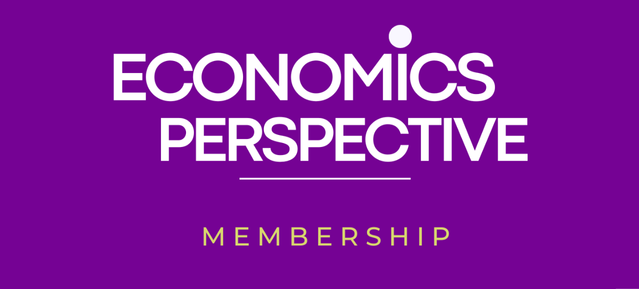
Out of 48 economies, the Philippines secured the 46th rank, which shows adequate stability and weakness, according to the Global Pension Index report in 2024. Pension benefits are particularly excluded for informal workers, who represent a large part of the labor force and often reach old age without adequate savings or eligibility. In recent years, the government has attempted minor reforms. A non-convenor program, Social Pension for Indigent Senior Citizens (SPISC), under the Republic Act 11916, was increased from ₱500 to ₱1,000 per month, which is approximately $9 to $18. While it is a welcome step, it is inadequate to meet the most basic needs of older people. It is an immediate requirement to expand pension coverage for more comprehensive reforms, such as for informal workers, and ensure inflation-influential benefits.
Healthcare is another area where population aging will cause increasing pressure. Stress on public health insurance is increasing. The National Health Insurance has expanded coverage, but the out-of-pocket expenditure is high, signaling intervals in financial security. In addition, the system is not adequately prepared for the type of medical care, such as mobility aids, subcutaneous care, and dementia treatment, that will be rapidly necessary. Lack of trained health professionals trained in geriatric healing reduces the problem. Traditionally, the Filipino families have given primary responsibility to take care of old relatives. This cultural criterion has softened the need for formal elderly care services. However, this model is threatened by demographic change. As the number of family members decreases and more working-age Filipinos move within the country and overseas, fewer will be there to provide care to aged relatives.
This fact emphasizes the necessity to create professional elderly care services and long-term care characteristics, which are supplemented by community-based schemes like day centers, home care services, and neighborhood support networks. Community-based initiatives are particularly important because they can reach weak old adults who have a lack of strong family support. The Philippines is growing more slowly than some of its neighbors, such as Thailand and Singapore, but it should not cause indecency. There is a narrow window of opportunity to create a system in the country that can support its elderly population with dignity and security. Without action, doubling the elderly population by 2050 can deepen the ability of families to provide poverty and inequality, stress health systems, and care. As ADB emphasizes, it is time for improvement. Today's preparation will ensure that the old Filipinos of the future can reach the dignity, economic security, and access to that care by them.
Latest Explained
Climate Change Threatens Global Health & Poverty: Urgent Action Needed
Climate issues such as heat stress, diarrhea, malaria, and hunger can cause 250,000 deaths a year between 2030 and 2050, which challenges an important frame of adaptation. The fee, including only health systems and other areas such as agriculture and hygiene, is expected to reach USD $2 to 4 billion annually by 2030. The countries most at risk will be those that are developing countries, as they will have further weakened health systems
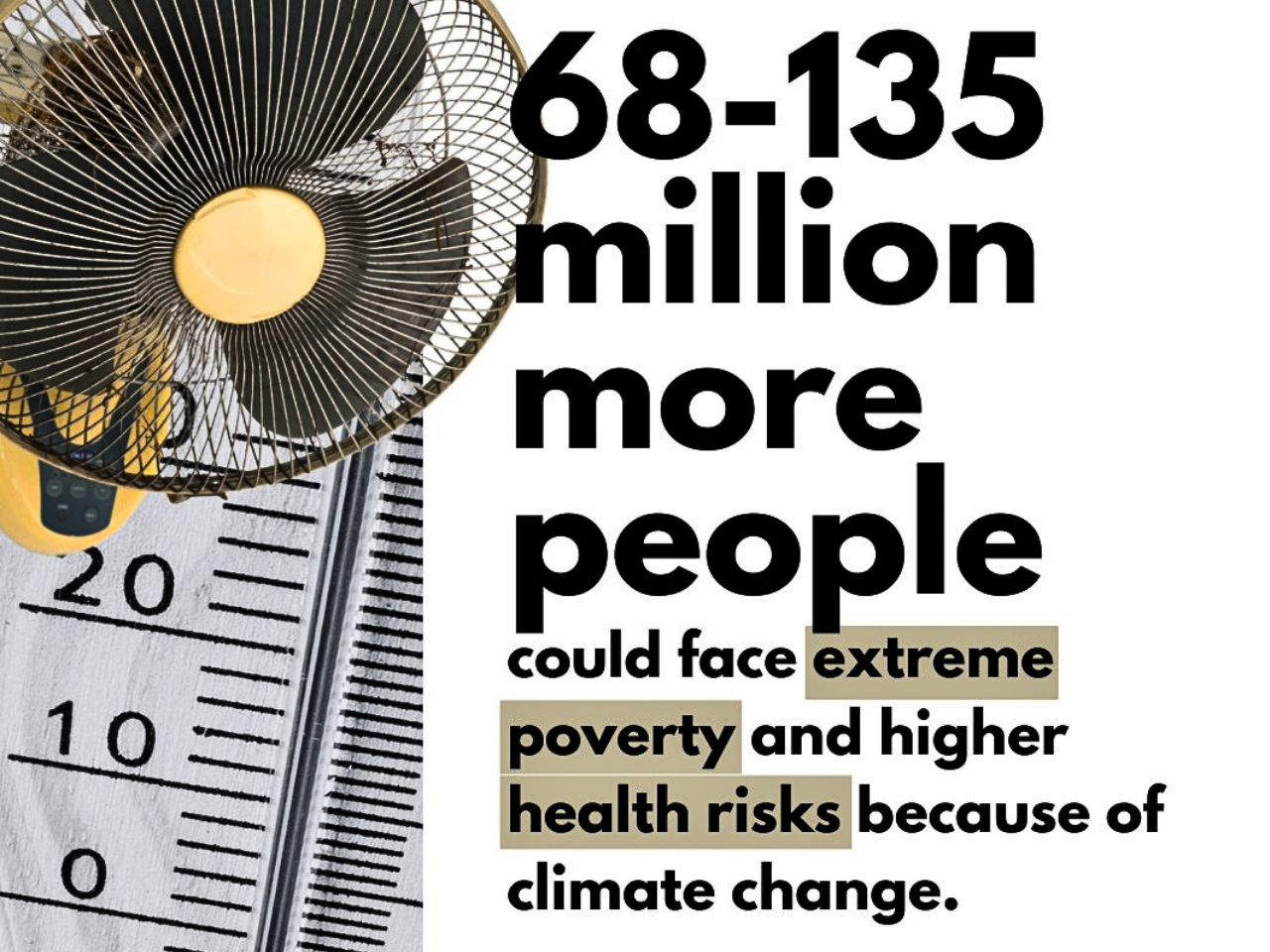
The Rising Cost of Nutrition: Can everyone afford a healthy diet?
The (SOFI) report of 2025 says that low-income nations, especially those in Sub-Saharan Africa, need to become a global movement towards more affordable, healthy diets. Based on the report, even if the global average price of a healthy meal increases to $4.46 per individual per day in 2024, only 48.8 million fewer individuals would still not be in a position to afford it, leaving close to 2.6 billion individuals in poverty
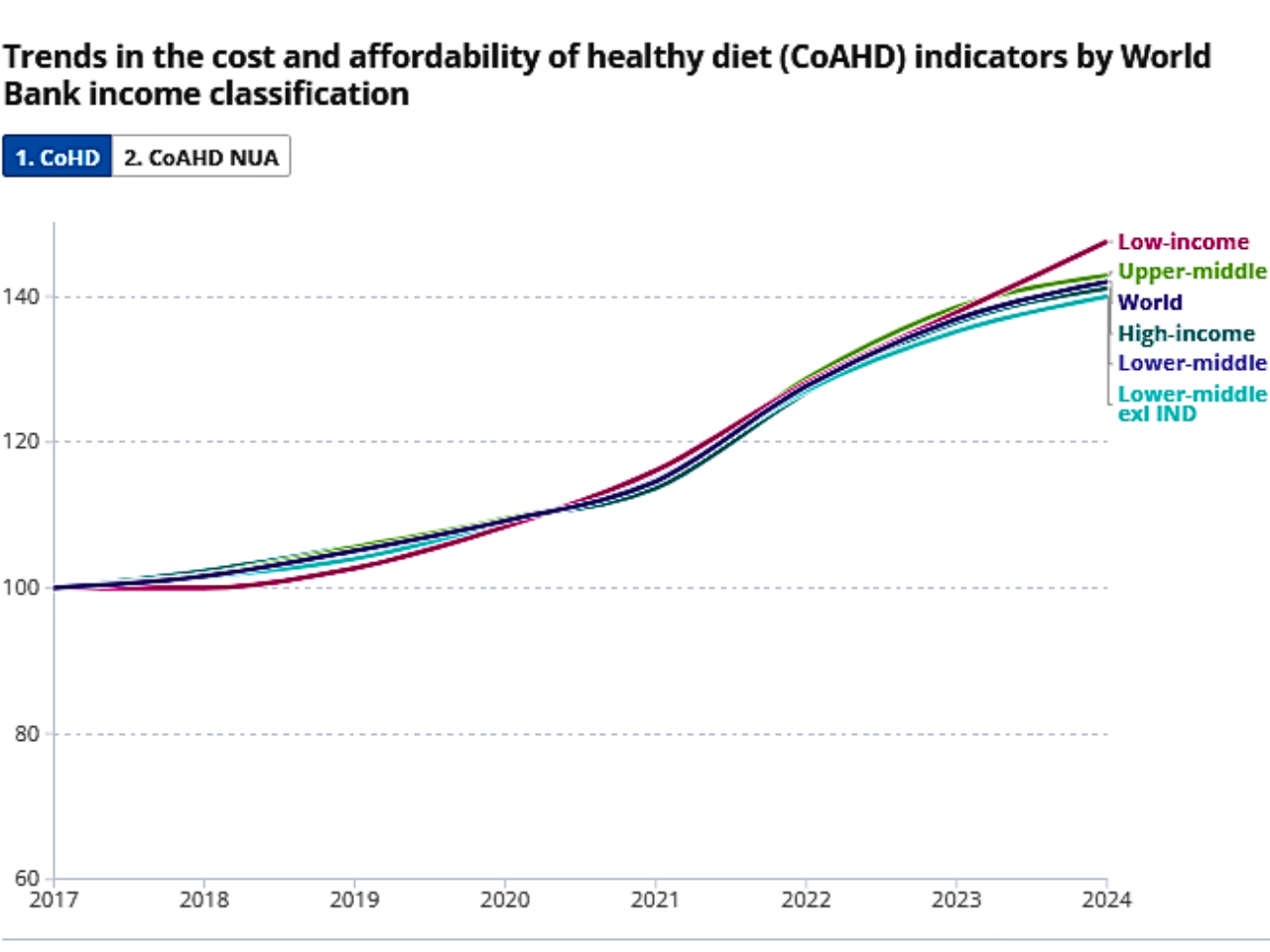
Blended Finance: Bridging Fragmented Aid and Development Needs
The International Development Association (IDA), sees more than 90% of its financing go through national budgets and gets each donor dollar to translate into $3 to $4 in tangible results, representing the importance of scale and management
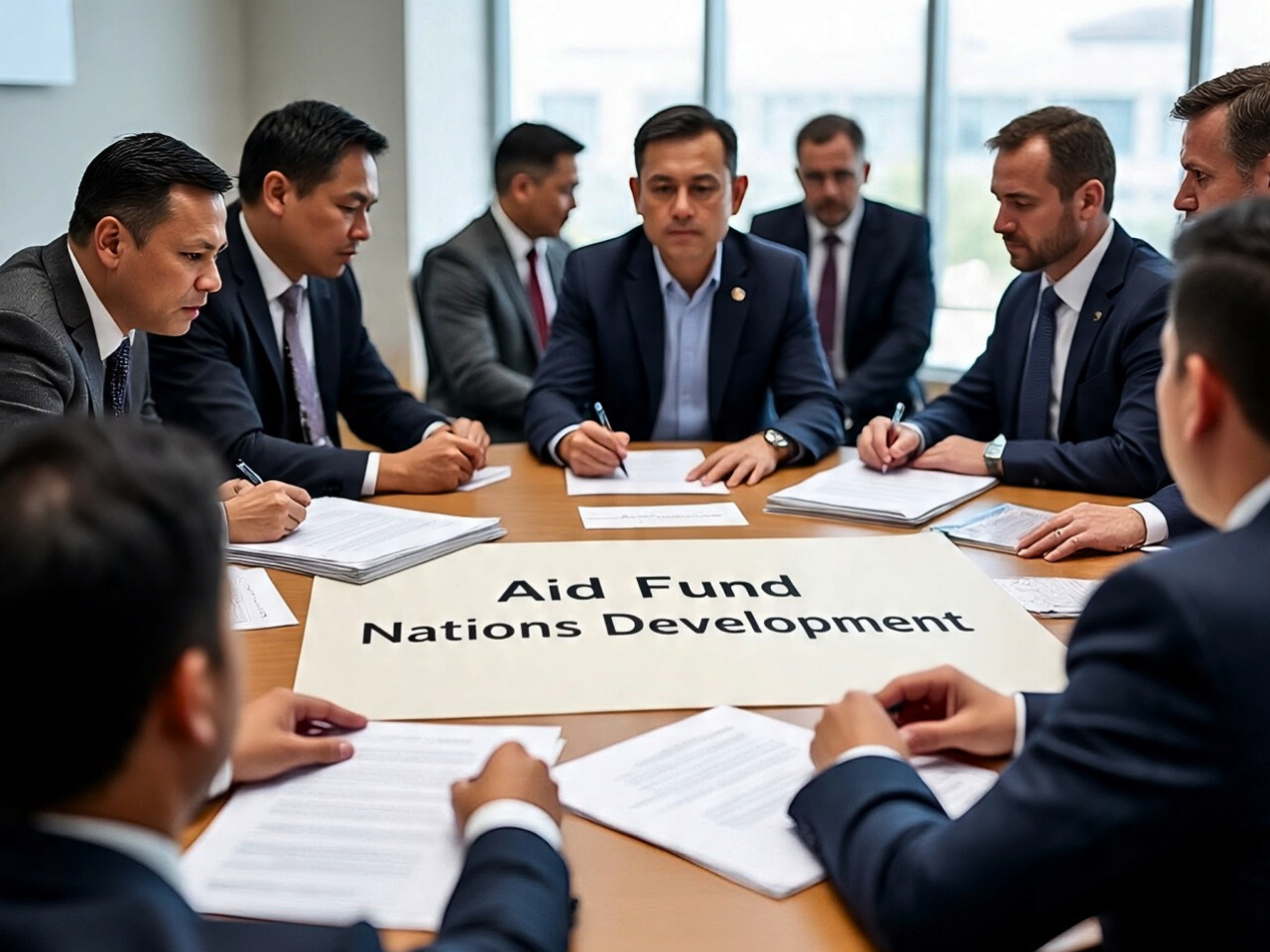
Economy growing fast, but youth employment isn't keeping up
Youth unemployment remains high across many pats of Asia and the Pacific unemployment rates, 2025. Young people are willing and able to work but do not get jobs; they face many struggles and obstacles in the world


